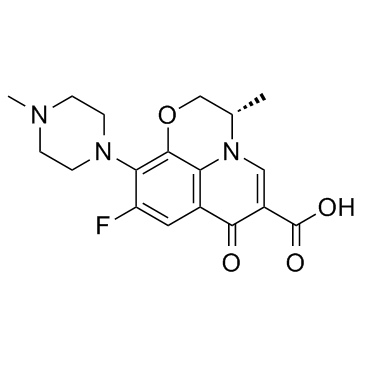| Structure | Name/CAS No. | Articles |
|---|---|---|
 |
Levofloxacin
CAS:100986-85-4 |
|
 |
Ethylhydrocupreine hydrochloride
CAS:3413-58-9 |
|
 |
Ethylhydrocupreine
CAS:522-60-1 |